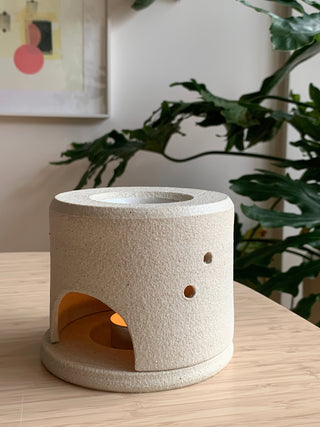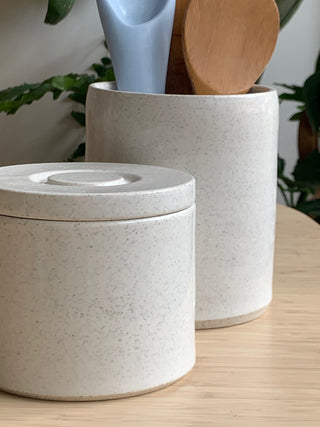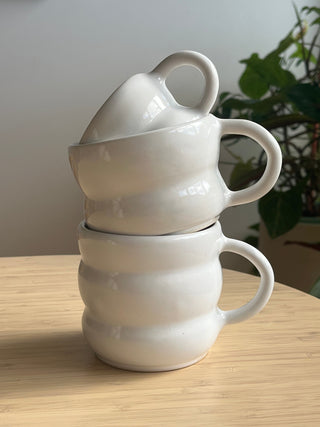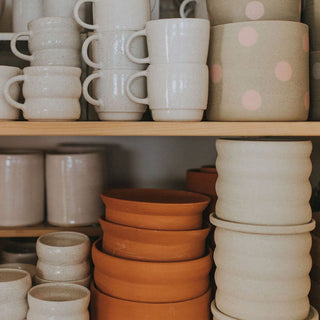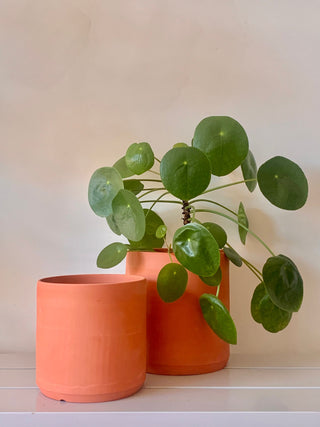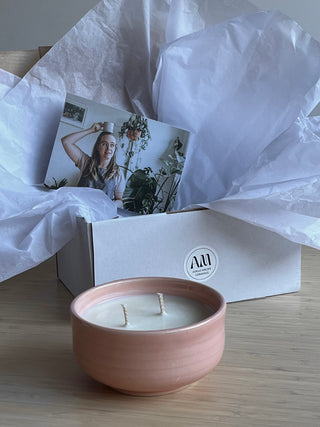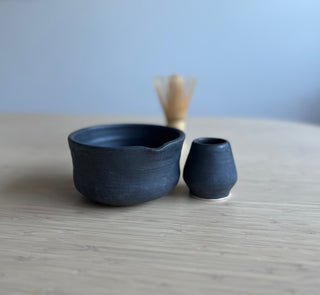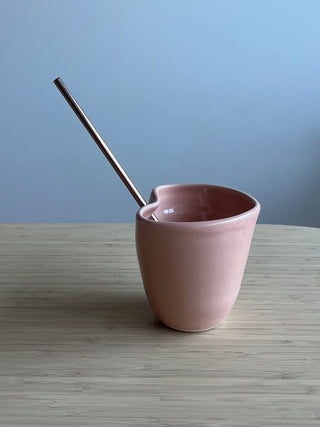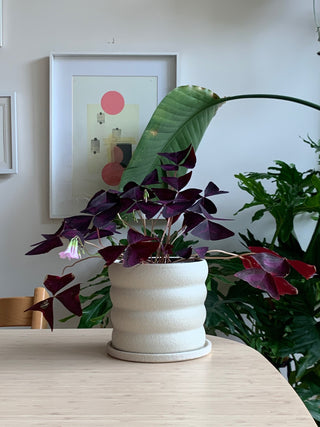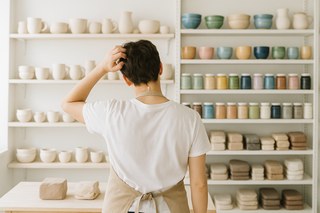The recipientfor this gift has said they are beautiful and she loves them.
I'm honored you thought of my handmade ceramics for a gift. and so glad they love them.
The recipient of this gift is delighted.
Thanks for letting us know. We are delighted that you wanted to gift our handmade wares. Sincerely, Adele
A beautifully made functional piece. Loving the butter out of the fridge. Love this butter bell - wish I’d discovered these ceramics ages ago!
Well we're so glad you finally found us. :) Thanks for the kind words and enjoy your spreadable butter.
Absolutely love this Butter Bell
Beautifuly made
Thank you for your lovely review. Enjoy your spreadable butter :)

